Monuments
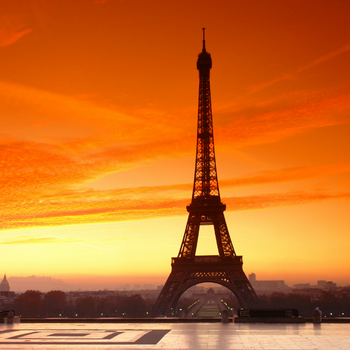
Guided Tours Eiffel Tower
Come, discover the rich history of the most famous monument in the world, and live an unforgettable experience with its unique view of the capital.
Symbol of France, with its 7 million visitors a year, the Eiffel Tower is the most visited paying monument in the world. Built in two years, two months and five days by the engineer Gustave Eiffel and his collaborators for the Universal Exhibition of 1889 with the aim of commemorating the centenary of the French Revolution, it is a real feat of technical engineering.
Victim of its immediate success, it was at the time with its 320 meters the highest tower in the world for more than forty years, until the construction in 1930 of the Chrysler Building in New York. Initially, Eiffel was allowed to keep the tower for only 20 years, but given its usefulness for communication purposes and as a laboratory for scientific studies; he was granted permission to leave it standing.
Defined as “a hateful column of bolted sheet metal”, it was also contested by the artistic and literary elite. In 1909, the Eiffel Tower even risked being demolished.
Duration: 2 hours
Meeting point guided tours : in front of the security checks
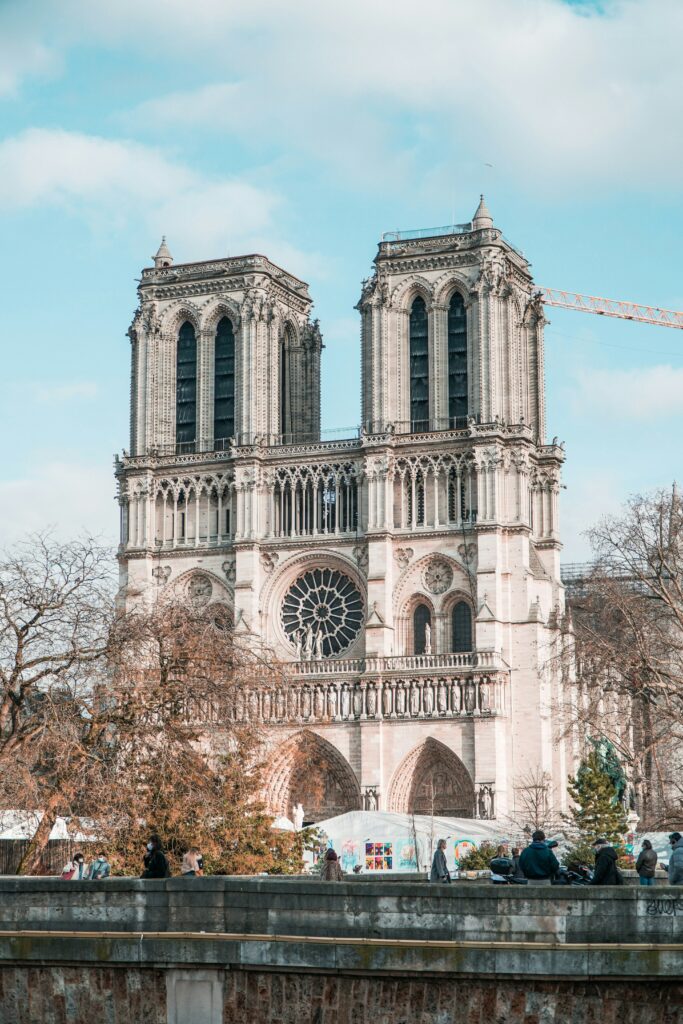
Nôtre Dame
Sponsored from 1160 by the Bishop of Paris Maurice de Sully, Nôtre Dame de Paris has become a must-see when visiting Paris!
A place of worship and seat of the Archdiocese of Paris, the cathedral deserves a separate guided tour if you want to discover more.
Protagonist of several historical events such as the marriage between Queen Margot and Henri IV, the French Revolution, the coronation of Napoleon, the restorations by Viollet -l e-Duc in the 19th century and the last restoration operations following the fire of 2019.
She inspired many artists such as Victor Hugo who dedicated the famous book Nôtre Dame de Paris to her in 1831.
inside you can discover the relics of the passion of Christ, the Mays a series of paintings commissioned by the corporation of goldsmiths of Paris, the Pietà by N. Coustou and many other masterpieces
Duration : 1h 30
Meeting Place guided tours : next to the Statue of Charlemagne, on the place.
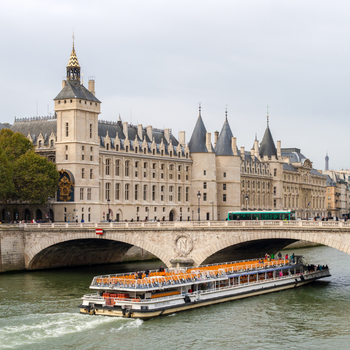
Conciergerie
Classified as a historic monument in 1914, the Conciergerie built on the Gallo-Roman oppidum was the residence and seat of power of the kings of France from the 10th to the 14th century. In fact, Charles V abandons the palace, which nevertheless remains the seat of royal justice. The medieval building remains today: the Tower of Caesar in honor of the Roman emperor, the Bonbec tower known as the torture chamber and the Silver Tower so named for its function as a warehouse for the royal treasure.
The Conciergerie is particularly knowns in the collective imagination as the place where the Revolutionary Court during the Terror was established since 1793. Considered as the antechamber of death, few came out free. Treatment of inmates depended on wealth and social status.
You will walk with your guide through the medieval rooms and the revolutionary rooms where you will relive the highlights of the French Revolution. Of course, we will not fail to see the reconstitution of the cell of one of the most famous prisoners of the Conciergerie, Queen Marie Antoinette. Other illustrious inmates include Charlotte Corday, the Countess du Barry, Danton, Robespierre.
Duration : 1h
Meeting Place guided tours : in front of the entrance to 2 boulevard du Palais
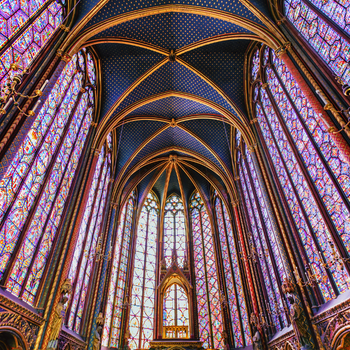
Guided Tours Sainte Chapelle
Known for its university of theology, the capital of the kingdom still does not have any significant religious monuments for the West. The opportunity arises when Baldwin II of Constantinople, emperor of the Eastern Latin kingdom, has money problems. The French king Louis IX, known under the name of Saint, bought from him, his cousin, in 1239 the relics of the passion of Christ (the crown of thorns and a piece of the cross), for a colossal sum of 1350 livre. To house it worthily, the Saint had the Sainte Chapelle erected in record time from 1242 to 1248, thus increasing the prestige of France, which becomes a “new Jerusalem”.
Severely damaged during the Revolution, the Sainte-Chapelle underwent a massive restoration in the 19th century by Jacques-Félix Duban and Jean-Baptiste Lassus.
Conceived as a monumental reliquary, the visit includes the lower chapel, dedicated to the Virgin, for the staff of the royal court and the upper chapel reserved for the king and his family where the relics were kept. An exceptional complex of fifteen sumptuous stained glass windows and a large rose window, a true hymn to colors, will dazzle you. Are you ready for a light bath?
Duration : 1h
Meeting place guided tours : in front of the entrance to 8 boulevard du Palais
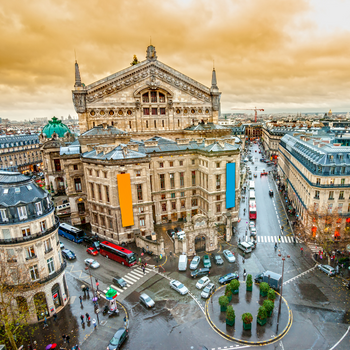
Guided Tours Opera Garnier
Built from 1861 to 1875, in the heart of modern Paris, by the young architect Charles Garnier, the opera is a spectacle in itself. An emblematic monument of the Second Empire, it was inaugurated under the 3rd Republic by Mac-Mahon in the presence of many personalities such as the Mayor of London and the Spanish royal family.
It was an extremely expensive project, carried out despite enormous technical difficulties and a great disagreement with Baron Haussmann. The competition is a major event bringing together the best architects in Europe: 171 projects are presented. Against all odds, it was Charles Garnier, almost inexperienced and very young, who won it.
Everything has been thought out by Garnier to delight the eyes of the spectator: dreamy decorations with a whole profusion of gilding, polychrome marbles and mosaics. From the famous box n°5 of the phantom of the opera, to the little rats, relive the great magical hours of the Opéra Garnier and also put on a show.
Duration: 1h30
Meeting point guided tours : 8 rue Scribe
Hint : to conclude this magical journey, attend a show by the Opéra Garnier
Attention : for artistic or technical reasons, the performance hall is not always accessible.
CONTACT
MENTIONS LÉGALES
Privacy and policy

